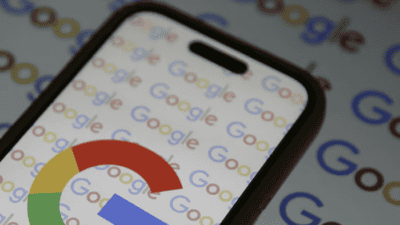This article was originally published on Fool.com. All figures quoted in US dollars unless otherwise stated.
Robinhood Markets (NASDAQ: HOOD) has added new users at a high rate over the past few years. For the second quarter, net cumulative funded accounts more than doubled to 22.5 million year over year. But the online trading platform could face mounting competition from PayPal Holdings (NASDAQ: PYPL), which just recently launched a new version of its digital app, complete with shopping tools, bill payment, and financial services, in addition to cryptocurrency trading.
Here's a look at what PayPal is offering and why it could steal Robinhood's thunder.
PayPal is building the ultimate financial services app
Right now, PayPal and Robinhood are two different apps, serving two different groups of customers. PayPal's app is centered around daily cash management, where you can pay bills, send money to friends, and browse deals from leading retailers. Robinhood is primarily focused on serving long-term investors, traders, and cryptocurrency investors. In the second quarter, Robinhood saw a larger share of new customers trading cryptocurrency rather than stocks for the first time.
But make no mistake, both companies are on a collision course going after the same market. Robinhood already offers basic cash management features, such as a debit card and the ability to pay bills and receive direct deposits. It's a sign of where these free trading apps and digital wallets are headed. Juniper Research estimates that the number of people using digital wallets will double to 4.4 billion by 2025. Over time, many people will likely gravitate to one "super" app that does it all -- peer-to-peer payments, shopping, bill payment, and investing.
The problem for Robinhood is that PayPal already has a massive installed base of users to easily promote the financial service features of its own app. PayPal ended the second quarter with 403 million active accounts, along with 32 million merchant accounts, which is miles ahead of Robinhood's 22.5 million. As PayPal continues to launch new features on its app that mirror what these stock trading apps are doing, Robinhood may have a steep uphill climb on its hands. Robinhood's recent momentum stems from more people trading cryptocurrency, but PayPal is one of the few apps that lets users shop at leading retail brands with their cryptocurrency balance.
What's more, PayPal said it plans to launch new investment capabilities on its app in the coming quarters, along with a high-yield savings account option through Synchrony Financial. PayPal's ability to combine all these features, allowing users to seamlessly use their money to trade cryptocurrency, buy stocks, and take advantage of promotional retail offers in one app might be too much for Robinhood to match in the long run.
Too much uncertainty in Robinhood's future
Robinhood still has some ways it can differentiate itself. It is starting to roll out 24/7 phone support and prioritizing investing in educational content. Robinhood also introduced IPO Access earlier this year, allowing users to invest in newly listed companies at their IPO prices. It's unclear whether PayPal's new investment offering will be as robust as Robinhood's app or will be a simplified stock trading interface like Square's Cash App.
However, there's nothing preventing PayPal from eventually offering some of the same features as Robinhood. After all, PayPal has got plenty of cash to reinvest in new features. Over the last year, it generated $4.8 billion in profit, while Robinhood reported half a billion in net losses in the second quarter.
Beyond the looming threat from PayPal, new regulation by the Securities and Exchange Commission is a risk for Robinhood given its reliance on the controversial "payment for order flow" business model.
Robinhood is facing double threats from the SEC and PayPal's new app that could make it more difficult for Robinhood to win new users. I would be cautious about paying a high price-to-sales ratio of 21 for Robinhood shares right now.
This article was originally published on Fool.com. All figures quoted in US dollars unless otherwise stated.









